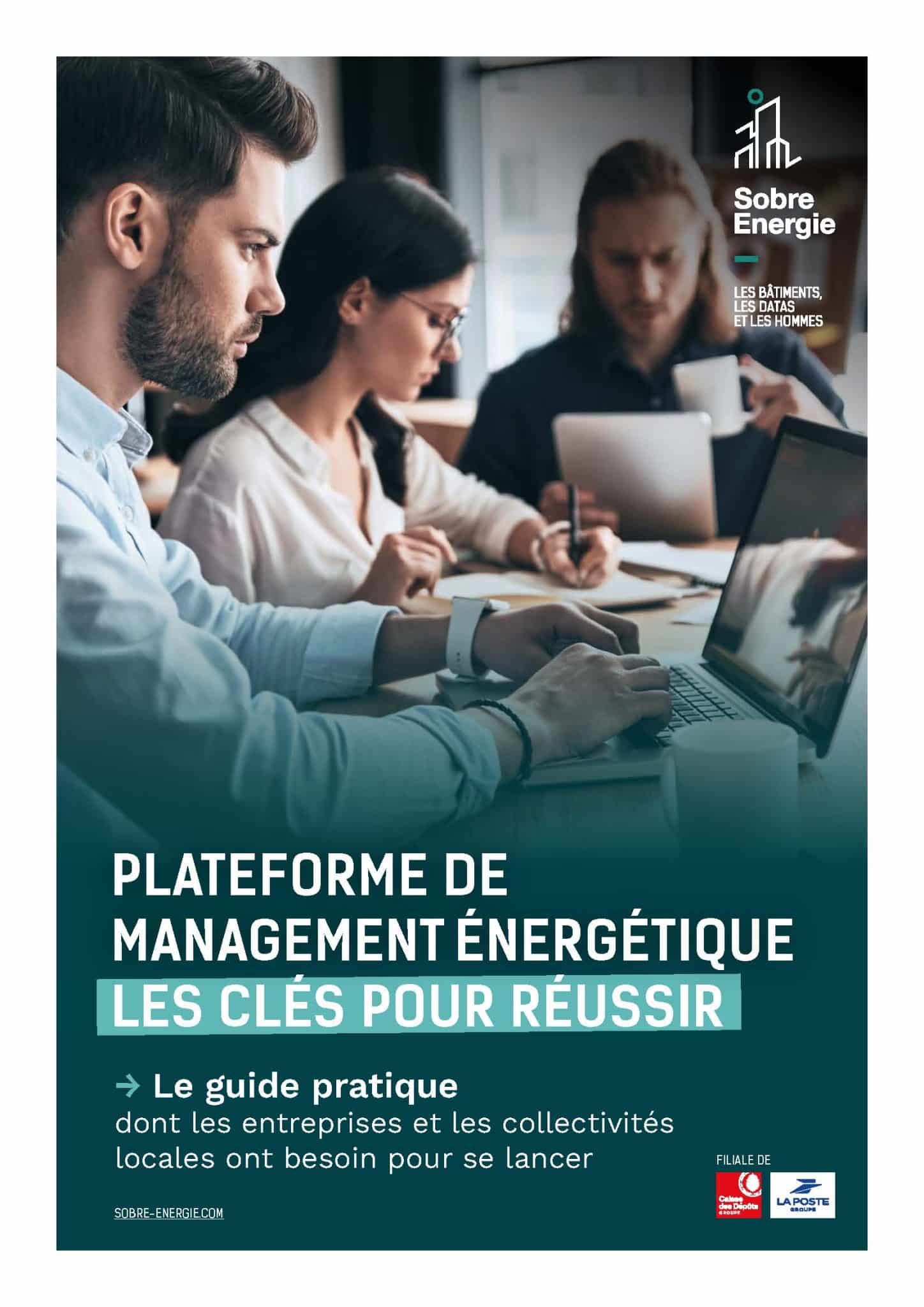The most sustainable energy is that which we do not consume. While summer is here, mild temperatures, sunny days, how can you optimize your energy consumption?
In the office, as at home, there are simple tips to follow: With Thomas Homyrda, our energy performance project manager, we share with you 3 tips/best practices/pitfalls to avoid…
In high temperatures, air conditioning is the main source of energy consumption in a building, how can we control it?
You must first adjust the air conditioning, which consumes a lot of energy. As with heating in winter , you must set a set temperature: at 26°C, not below. Even in very hot weather, the temperature difference between the outside and the inside must be 7-8°C maximum. Because air conditioning dries the air and can cause discomfort.
Properly adjusting your air conditioner has a very visible impact on energy consumption: by setting it to 26°C instead of 25°C, there is 13% less consumption .
The worst thing when there is no centralized air conditioning in the building is to use mobile air conditioners. They are often inefficient and very energy-intensive.
But how can you cool a room without using air conditioners?
Fortunately, there are other natural ways to cool a room , at lower energy costs:
- limit external solar gains which create an uncomfortable greenhouse effect for occupants. To do this, you must lower the blinds, sunshades or shutters. A simple awning can reduce the interior temperature by 2 to 5°. This varies depending on its color and the time it is unfolded. This simple gesture can reduce the electricity consumption of air conditioning by 30 to 50%.
- cool through natural ventilation by opening the windows early in the morning (7 a.m. to 9 a.m.) or late in the evening if possible in the building. This is called “free cooling”. In this case, you will need to remember to turn off the central air conditioning while the windows are opened so as not to cool down unnecessarily.
At least in summer, we save on lighting consumption, because there is no need to turn it on when it is daylight until 9:30 p.m....?
This consumption item is obviously much less than in winter.
- 1st tip, workstations must, as far as possible, be positioned close to natural lighting to make the most of this natural supply.
- 2nd tip, they must be perpendicular to the light source to limit glare.
According to the various studies carried out on the subject, natural lighting would enable 20 to 60% energy savings.
Good positioning of workstations means less energy consumed and better comfort of use.
Numerous studies have proven that natural light is good for your health because it activates the internal clock. It also promotes the production of hormones acting directly on mood, alertness, concentration and even sleep cycles.
🤖 Summarize this article with an AI
Click on a button to automatically sum up this page with the AI of your choice.
